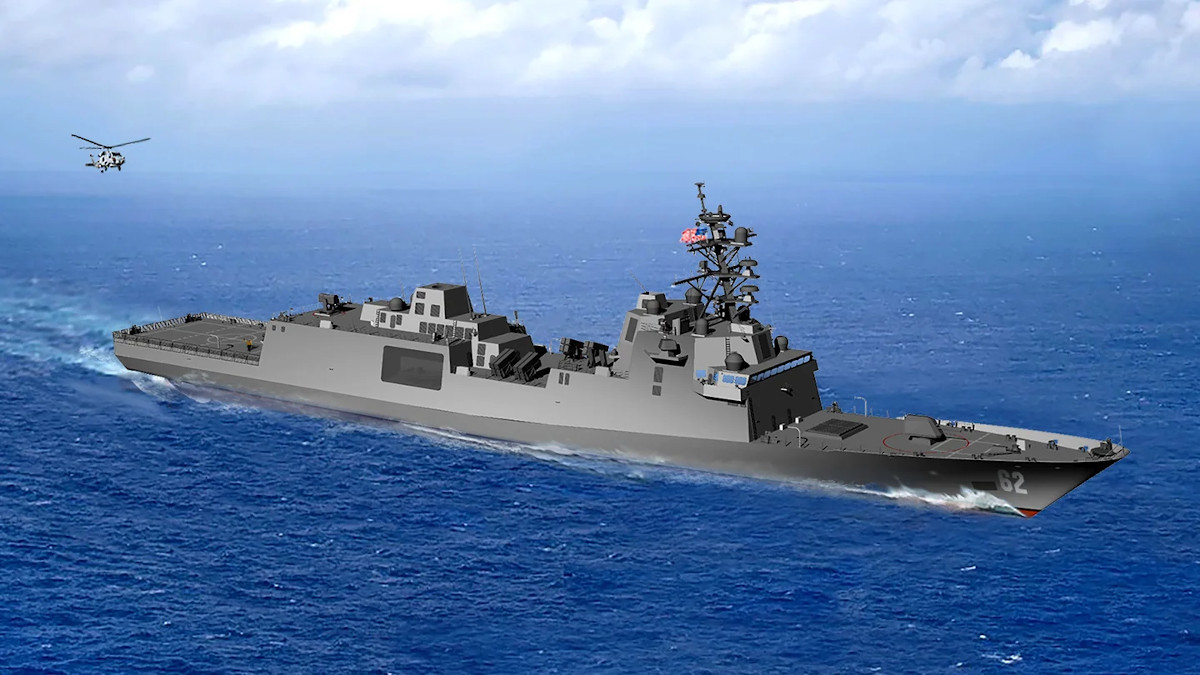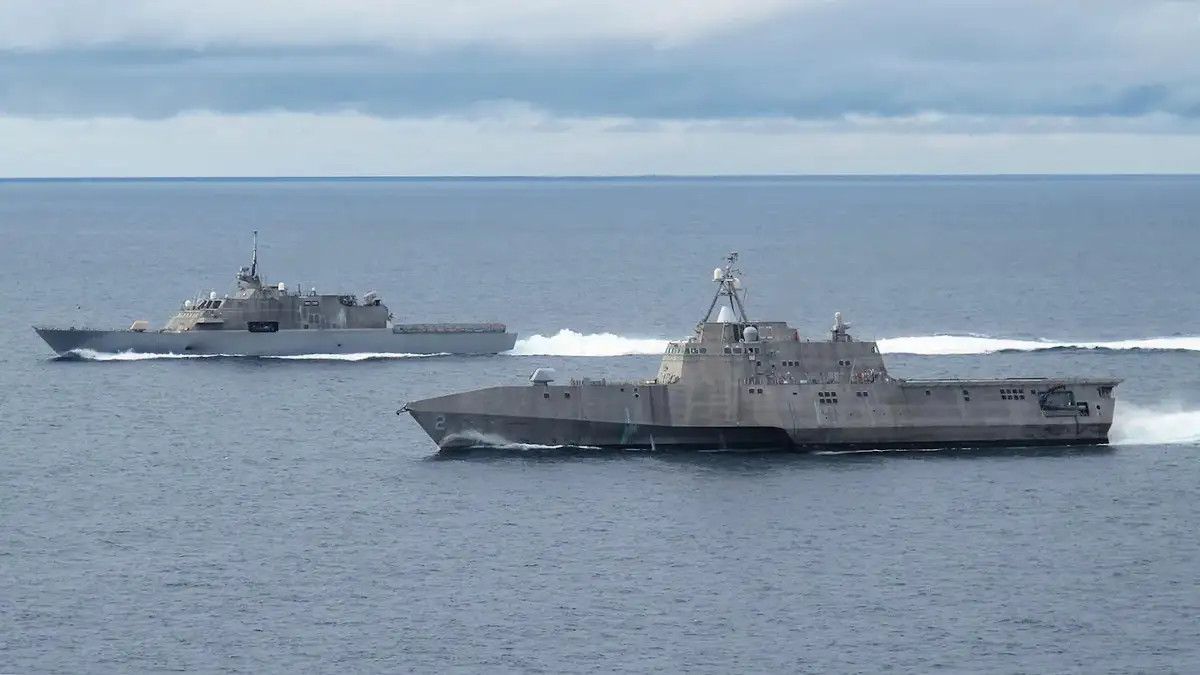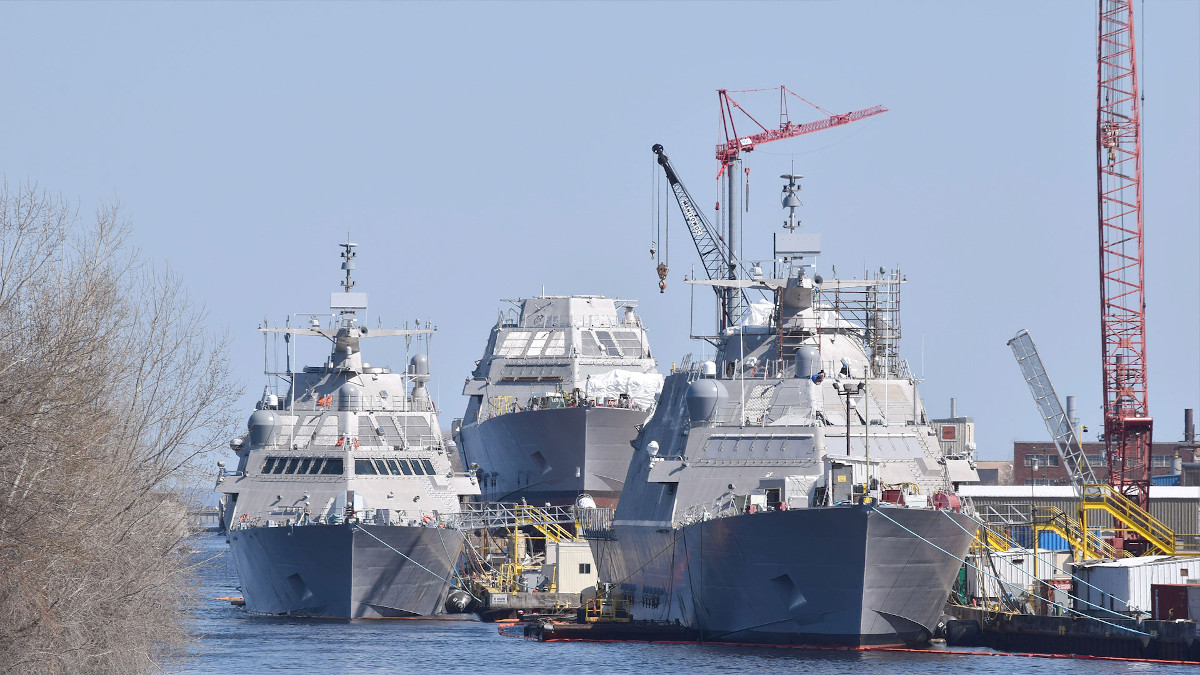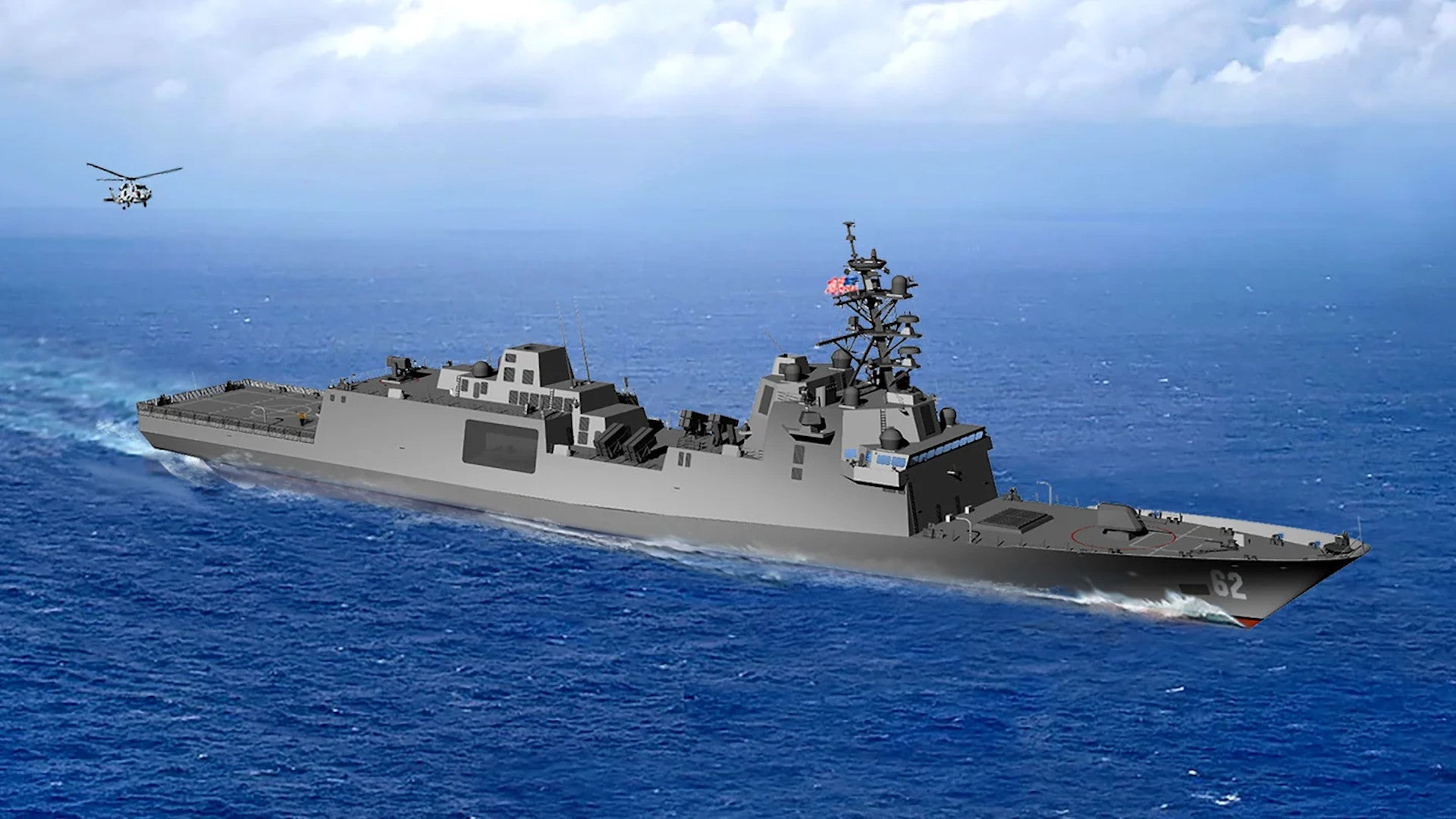Secretary of the Navy Kenneth Braithwaite has raised the possibility of his service running a multi-national frigate program together with allies and partners, in the same general vein as the F-35 Joint Strike Fighter program, a notional effort he dubbed the “Joint Strike Frigate.” This came just days after Robert O’Brien, President Donald Trump’s National Security Advisor, said he saw a need for the U.S. Navy to get more frigates, faster, pointing to the possibility of the service acquiring more of its future Constellation class ships, previously known as the FFG(X), than it plans to buy at present, at least publicly.
Braithwaite made his comments yesterday at an event the U.S. Navy Memorial organization held as part of its SITREP Speaker Series. O’Brien had offered his remarks while speaking to workers at Marinette Marine, a subsidiary of Italian shipbuilder Fincantieri, in Marinette, Wisconsin, earlier in the week.
“We took our eyes off the ball, especially in the Navy,” Braithwaite said. “We moved into littoral warfare looking for a role for the United States Navy and we forgot about our commitments in deep water and so we’re behind and we’ve got to catch up and we’ve got to catch up fast.”
“I have a concept in my head is if we created a Joint Strike Fighter that we could share with NATO allies,” he added. “Why can’t we create a Joint Strike Frigate? Why can’t we take that same platform and offer it to our allies and partners around the world?”

A dozen countries, in addition to the United States, operate one or more variants of the F-35 or are in the process of acquiring them. Other nations have expressed an interest in buying their own Joint Strike Fighter fleets, as well. The U.S. government has actively promoted sales of the F-35, often touting the operational benefits of having allies and partners all fly the same kinds of jets, as well as the cost burden-sharing and industrial cooperation benefits that have come along with the program.
Braithwaite seems to have been thinking about how a similar shipbuilding program might help improve interoperability between allies and partners, as well as drive down costs.
It’s interesting to note that the Navy already made a point of only considering in-production frigate designs, or derivatives thereof, for its FFG(X) program, ultimately selecting a design Marinette Marine had pitched based on its parent company’s Franco-Italian Fregata Europea Multi-Missione (FREMM), or European Multi-Mission Frigate. In addition to the examples in the French and Italian navies, FREMM variants are also in service with the Moroccan and Egyptian navies, both of which are American partners, as well.

Finding ways to keep the costs of buying these frigates, the first of which Braithwaite announced earlier this month would be named USS Constellation, as well operating and maintaining them, as low as possible will be important for the Navy as its looks toward its already questionably ambitious future force structure plans. The service is presently pushing a proposal to increase the size of its overall fleet to over 500 ships, up from its current total of around 293.
During his talk, Braithwaite reiterated that this proposal calls for between 60 and 70 “small surface combatants,” a category that will include the Constellation class ships, as well as the Navy’s two subclasses of Littoral Combat Ships (LCS). The exact split between these classes is unclear.
If the service does acquire all 38 LCSs it has said it expects to acquire in the past, as well as 20 Constellations, this would already be 58 ships. There are, however, plans now to retire the first two examples of both the Freedom and Independence class LCSs and it seems very likely that a decision could be made to acquire more of the new frigates to reach the desired number of small surface combatants.

Having international partners for any future Joint Strike Frigate could also lead to an expanded industrial base and additional investments in the shipyard infrastructure that would be necessary to build significant numbers of these ships, and do so quickly. All of this, again, would be important if the Navy hopes to even get close to its small surface combatant or overall 500-ship fleet goals. It could also help cut the gap between American naval shipbuilding capacity and that of China, which continues to grow and churn out even very large capital ships, including aircraft carriers, amphibious assault ships, and destroyers, at a prodigious rate.
National Security Advisor O’Brien had talked about a desire to increase frigate production in his remarks at Marinette Marine’s yard in Wisconsin, as well. At present, the Navy expects to receive two Constellation class ships every year once production gets ramped up. It hopes to see work on the first-in-class USS Constellation begin in 2022 and then take delivery of that ship no later than 2026.

“We’re going to need two, three, four frigates built a year to get to the numbers of where we want to be,” O’Brien said. “This yard has the capability to build two or three of them itself.”
It’s not clear if O’Brien was talking about the yard’s available capacity while it is still producing the last five Freedom class LCSs for the Navy in the coming years. It’s also worth noting that there have already been reports that the Navy has been looking into possibly hiring a different shipyard to build the second batch of 10 Constellation class frigates.

Of course, it remains very much to be seen how the Navy’s plans for the Constellation class and any other future Joint Strike Frigate concept might evolve in the near term. Significant changes to the U.S. military’s plans overall, as well as that of the U.S. government as a whole, could come if President Trump loses the upcoming election to his Democratic challenger, former Vice President Joe Biden.
As it stands now, the White House has still yet to sign off on the 500-fleet Navy plan, also known as Battle Force 2045. This, in turn, has already raised questions about whether O’Brien’s remarks might, in some way, reflect the state of ongoing negotiations over the proposal with Secretary of Defense Mark Esper and his office. Whether the Trump Administration is the one to ultimately present it or not, work on the 2022 Fiscal Year defense budget request is underway now and it’s also unclear if the National Security Advisor’s comments might have revealed anything about those plans, as well.
As already noted, there remain very real questions about whether the Battle Force 2045 proposal is truly viable, at all, issues that The War Zone has already explored in depth. When it comes to frigates, specifically, the Congressional Budget Office has also raised concerns that the Navy may be significantly underestimating the total cost of the Constellation class ships. The Navy has estimated that it will cost around $8.7 billion to acquire the first 10 of these ships. CBO’s analysts have said that the figure could actually be $12.3 billion, in the end.
Still, whether or not the idea of Joint Strike Frigate comes to pass, or if the Navy ultimately acquires dramatically more Constellation class ships than it plans to now, Braithwaite and O’Brien’s comments do underscore how important this category of small surface warships has already become to the Navy’s future plans. Investing in more small surface combatants are definitely one of the best shots the service has at progressing toward the 500-ship fleet goal.
Contact the author: joe@thedrive.com
